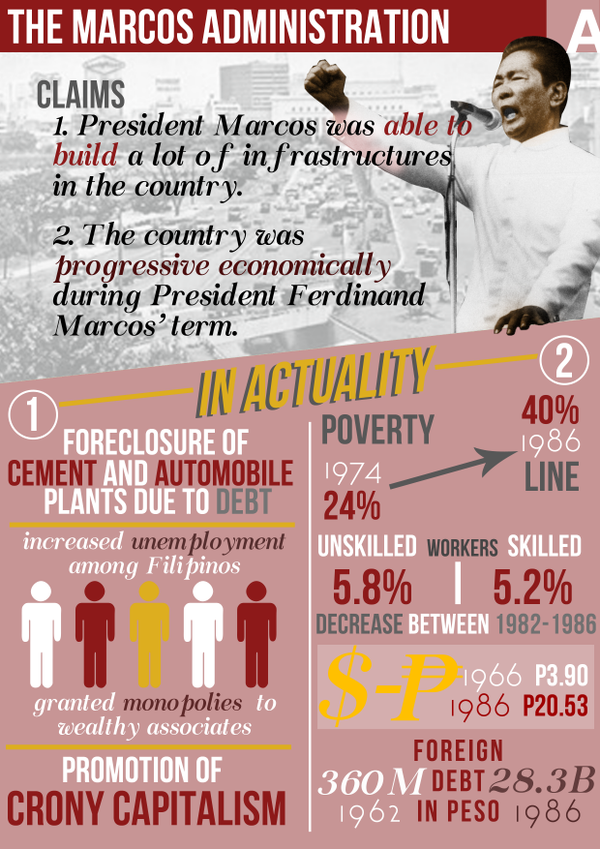The Worldwide History And Change Of Martial Arts
The Worldwide History And Change Of Martial Arts
Blog Article
Authored By-Winkler TRUE
Martial arts have an interesting history that covers centuries and continents. You might discover it fascinating how old techniques like Shuai Jiao and Kalaripayattu laid the groundwork for modern-day fight strategies. These techniques not just stress physical abilities but also mirror the cultures that birthed them. As you explore their advancement, think about how globalization has actually changed these standard kinds right into hybrid styles. What impacts do you think have formed today's martial arts landscape?
Ancient Martial arts: The Structures of Combat
As you explore the globe of old martial arts, you'll discover the rich structures that formed combat methods across cultures. Early techniques focused on Self-Defense and survival, commonly including strikes, grappling, and weapons.
In ancient China, for example, methods like Shuai Jiao stressed throws and joint locks, while India's Kalaripayattu showcased dexterity and fluid motion. Japanese samurai established Kenjutsu, a polished swordsmanship that highlighted discipline and strategy.
These martial arts offered not just for fight however additionally as a means of personal development, instilling worths like regard and willpower. The mixing of these strategies over time laid the groundwork for the varied martial arts you see today, each showing the distinct philosophies and demands of its culture.
The Social Impact on Martial Arts Development
While martial arts frequently reflect the functional needs of a society, they additionally personify the cultural values and beliefs of their beginnings. When you explore different martial arts, you'll observe just how they're affected by faith, philosophy, and social standards.
As an example, the emphasis on respect and discipline in Japanese martial arts comes from Zen Buddhism and samurai culture. On why martial arts should be taught in school , Brazilian Jiu-Jitsu promotes adaptability and strategy, formed by the demand for efficiency in a varied, modern atmosphere.
You might discover that the routines, attires, and training methods mirror a neighborhood's history and identification. By recognizing martial arts supplies , you strengthen your gratitude of martial arts and their function fit human experiences across the globe.
Modern Adaptations and the Globalization of Martial arts
Martial arts have changed substantially in current years, adapting to modern society and global influences. You'll discover that standard kinds have mixed with modern techniques, producing hybrid styles like mixed martial arts. These adjustments cater to varied audiences, making martial arts easily accessible and attractive worldwide.
With the increase of social networks and digital systems, you can discover tutorials and competitions from all edges of the world, breaking geographical obstacles. martial arts without kata has brought about a common gratitude for various techniques, from Brazilian Jiu-Jitsu to Taekwondo.
As you involve with these arts, you'll recognize they're not practically battle; they promote health and fitness, discipline, and psychological well-being.
Ultimately, modern-day adaptations have actually enhanced the martial arts landscape, making it a vibrant and progressing practice.
Final thought
In checking out the background and evolution of martial arts, you reveal a fascinating blend of methods, cultures, and approaches. From ancient self-controls like Shuai Jiao and Kalaripayattu to the modern flexibility seen in mixed martial arts, martial arts mirror mankind's quest for Self-Defense and personal growth. As you engage with these methods, you not only obtain abilities but additionally a much deeper recognition for the diverse practices that shape our globe today. So, proceed your journey and welcome the art of fight!
